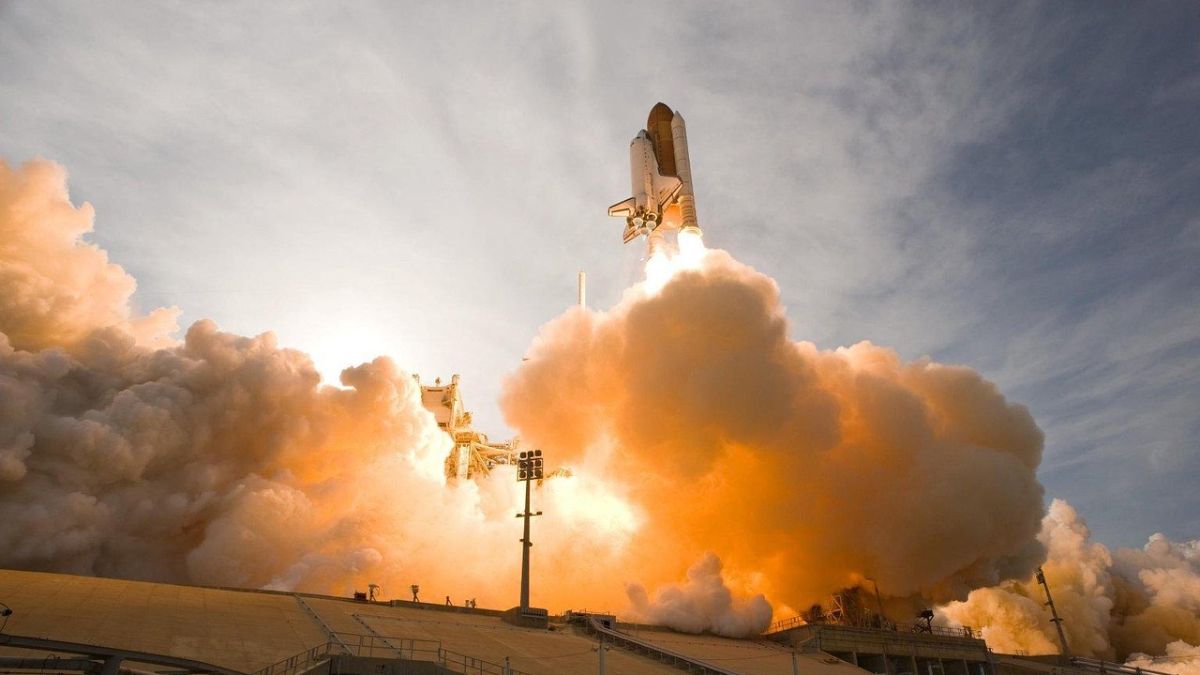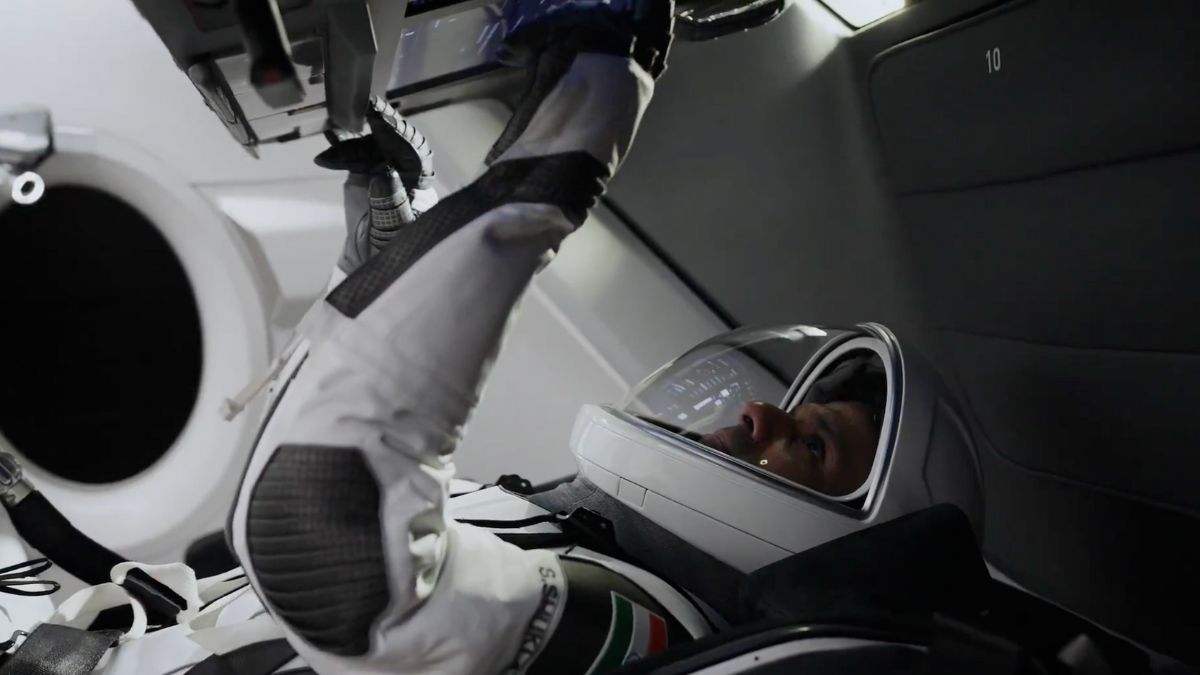Australia Prepares for First-Ever Orbital Rocket Launch with a Jar of ‘Vegemite’ on Board

Image via Pixabay (used for representational purpose)
Australia could mark a historic first this week with the attempted launch of the Eris rocket, the country’s first domestically designed and built orbital launch vehicle, from its own soil. Developed by Queensland-based startup Gilmour Space Technologies, the mission aims to lift off from Abbot Point near Bowen, carrying an unlikely payload: a jar of Vegemite.
If successful, it will be the first time an Australian-made rocket has achieved orbital flight from Australia, symbolising a major leap for the country’s emerging space industry.
What is Australia’s Eris rocket, and what makes it unique?
Standing 23 metres tall and weighing 30 tonnes fully fuelled, the Eris rocket is a three-stage vehicle intended to carry small satellites into low-Earth orbit (LEO). Gilmour Space says it is powered by a “fairly unique” hybrid propulsion system — combining solid inert fuel with a liquid oxidiser that supplies the oxygen necessary for combustion. This hybrid approach blends the simplicity and safety of solid fuel with the controllability of liquid systems.
While the test flight is carrying a symbolic payload — a jar of the iconic Australian spread Vegemite — future flights will be capable of delivering payloads between 100 and 200 kilograms into orbit. Upgrades are already underway to boost its capacity and performance.
How realistic is orbital success for this test flight?
Company co-founder and CEO Adam Gilmour has tempered expectations ahead of the launch. “We’re going to be happy if it gets off the pad — 10, 20, 30 seconds of flight time: fantastic,” he told AFP, admitting that a successful orbital insertion would be “deliriously happy” but unexpected on a first attempt.
“This is a test launch,” he emphasised, adding that the primary goal is to gather as much flight data as possible to improve future iterations.
The launch has received final approval from the Australian Space Agency and is scheduled within a multi-day window starting Thursday, depending on weather conditions.
Why is this test flight significant for Australia?
Eris is more than just a rocket — it represents a fully homegrown space capability. “This is the first time an Australian company has done the design, build, manufacture, as well as the launch site. So we’ve done everything,” said Gilmour.
Backed by venture capital firm Blackbird and superannuation fund HESTA, Gilmour Space Technologies has grown to a team of 230 employees and spent nearly a decade developing the Eris platform.
This launch is not a one-off. A second rocket is already under construction and is expected to fly by the end of the year. Gilmour Space plans to begin commercial launches by late 2026 or early 2027.
What’s the bigger picture?
The company is targeting the booming small satellite (small-sat) market, which is experiencing skyrocketing demand. “There’s thousands and thousands of satellites that need to be launched into low orbit and there’s not enough rockets,” Gilmour said. “The signs are so clear about that, so we’ve just got to move as fast as we can.”
If Australia can establish reliable orbital launch capabilities through Gilmour and others, it could position itself as a significant new player in the global space economy— one Vegemite-carrying flight at a time.







